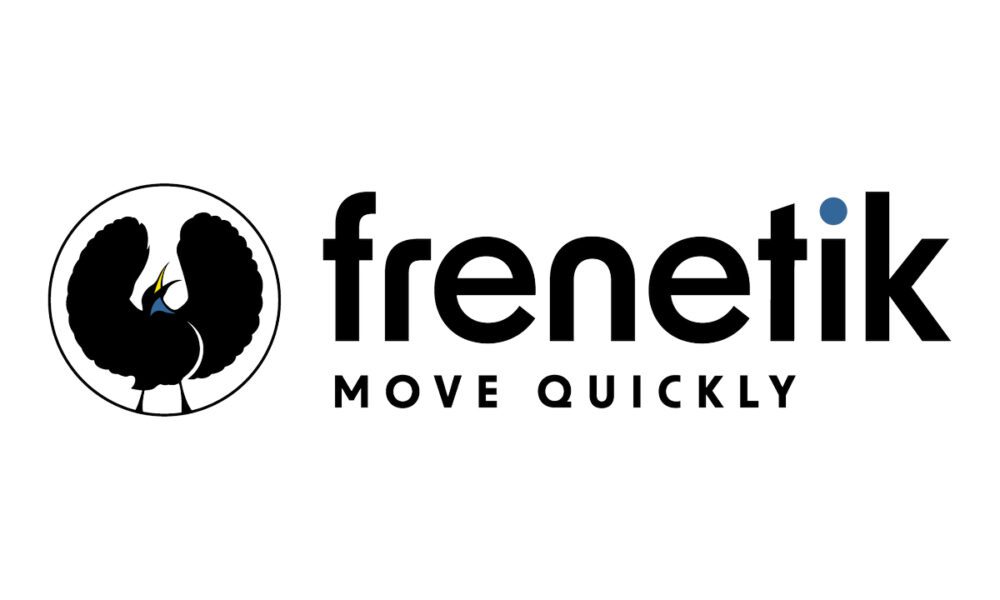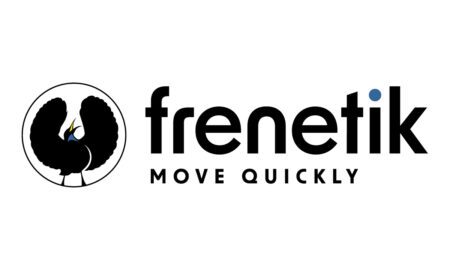The Transparency Tech Stack: How Data-Driven Audits Are Shaping Trust in Crypto-Based Platforms
Introduction: The Anonymity Paradox in Decentralized iGaming
Cryptocurrencies promised a new era of financial autonomy, empowering users with privacy and control over their assets. This ethos naturally extended to online crypto , which attracted players eager to escape the friction and oversight of traditional banking. Yet a paradox has emerged. Many of the same platforms that market themselves as “anonymous” are quietly adopting the surveillance tactics of the systems they claim to disrupt. As one frustrated user wrote on a community forum: “I started using bitcoin to avoid this nightmare, not recreate it at every .”
For the modern crypto gambler, trust is no longer measured by the size of a welcome bonus but by the speed and simplicity of withdrawals—specifically, whether winnings are paid without arbitrary delays or invasive questioning. Two predatory practices illustrate the problem: Ambush KYC and the weaponization of Anti-Money Laundering (AML) clauses. Ambush KYC is a bait-and-switch tactic: advertise “No-KYC” policies, let players deposit and play, but suddenly demand full identity verification at withdrawal. Vague AML language, often citing powers to freeze funds “at management’s discretion,” gives operators a legal blank check to seize winnings. Reports of players waiting weeks—or losing balances entirely—under the guise of “verification” are common.
The issue is not the existence of compliance policies but their selective enforcement against winners. Legacy trust models, built on brand reputation or affiliate reviews, have failed to protect users from these traps. To resolve the Anonymity Paradox, a new paradigm is emerging: Transparency Tech. Instead of trusting promises, users are beginning to demand objective, data-driven audits that score platforms on how they actually handle privacy in practice.
The Tech Arms Race: Tracking vs. Player Privacy
The conflict between operator control and player privacy has escalated into a technological arms race. deploy multi-layered surveillance systems to detect and block users, while players counter with privacy tools to maintain anonymity.
The Operator’s Toolkit
- IP Geolocation and Blocking: use services like MaxMind to identify a player’s ISP, connection type, and location. These databases detect VPNs, proxies, and datacenter IP ranges, forming the backbone of geo-fencing systems. A licensed in one jurisdiction can use this data to block or retroactively void winnings from restricted regions.
- Browser Fingerprinting: Beyond IP addresses, fingerprinting scripts collect dozens of device attributes—browser version, fonts, screen resolution, GPU data—to create a unique signature. Canvas and WebGL fingerprinting render hidden graphics whose subtle variations reveal device specifics. Audio fingerprinting uses the Web Audio API to measure how a device processes sound. Combined, these methods can achieve up to 99% accuracy in identifying a user, even across different IPs.
- Deep Packet Inspection (DPI): The most advanced surveillance layer inspects data packets for the telltale signatures of VPN protocols like OpenVPN. Even with encryption, traffic analysis can reveal patterns that expose VPN use. While more common at the ISP or state level, sophisticated can integrate similar tools to enforce VPN bans.
The Player’s Shield
- VPNs and Obfuscation: Standard VPN traffic is easily flagged. Privacy-conscious gamblers rely on providers with obfuscated servers or “stealth mode,” which disguise VPN packets as normal HTTPS traffic using techniques like Stunnel or Shadowsocks. Without obfuscation, advanced detection can still block or penalize connections.
- Privacy Coins: Bitcoin and Ethereum operate on transparent blockchains, making all transactions traceable once linked to an identity. Privacy coins like Monero (XMR) and Zcash (ZEC) offer stronger protection. Monero uses ring signatures, stealth addresses, and RingCT to make every transaction anonymous by default. Zcash leverages zk-SNARKs to validate shielded transfers without revealing sender, receiver, or amount.
- Anti-Fingerprinting Browsers: Tools like Brave or hardened Firefox builds, often paired with anti-fingerprinting extensions, help reduce the digital exhaust collect. By standardizing or spoofing attributes, players make it harder for platforms to uniquely identify their device.
Viewed together, this landscape resembles a cat-and-mouse game. Operators build surveillance stacks to control access, while players build layered defenses across IP, browser, network, and financial layers. A single slip—using a standard VPN or transparent crypto—can expose a player and give the cover to confiscate winnings.
The Failure of Legacy Trust Models
Traditional trust mechanisms in online gambling have not kept pace with these risks. Affiliate-driven review sites, once a source of guidance, often create more harm than protection.
Affiliate Bias
Most review portals rely on affiliate commissions, creating a conflict of interest.offering the highest payouts to affiliates often receive the most favorable ratings, regardless of their treatment of players. Investigations have shown that negative user comments are sometimes deleted, and complaint forums on these sites highlight only minor, quickly resolved issues while ignoring larger disputes. The watchdogs become lapdogs, incentivized to market rather than warn.
The Fine Print Trap
Legal language in terms is frequently weaponized. Clauses like “at our sole discretion”, “we reserve the right to request documents at any time”, and “suspicious or irregular play” give operators unilateral power to deny withdrawals. These terms are dormant when players are depositing or losing, but are activated with surgical precision when a player wins. Affiliate reviews rarely highlight these landmines, leaving users unaware until it’s too late.
Real Consequences
The result is a trust vacuum. Players lured by glowing reviews deposit under the assumption of privacy, only to be blindsided by Ambush KYC or frozen funds. Forums like Bitcointalk often surface these complaints first, serving as raw, unfiltered records of user experience. But relying on scattered anecdotes is not a sustainable solution. The industry needs structured, evidence-based accountability.
The Rise of Quantifiable Anonymity
To fill this gap, a new model of trust is emerging: data-driven audits. Instead of subjective reviews, platforms are being evaluated on transparent, repeatable metrics. One case study of this approach is the Anonymity Grade developed by VPN betting site.
This grading system scores on a 0–100 scale across three pillars:
- VPN Access Policy (40 points)
- VPN Friendly: Explicitly allowed in T&Cs and confirmed via testing (40).
- Grey Zone / Tolerated: Not mentioned in terms but not blocked (25).
- Strict / Forbidden: VPN use prohibited or blocked (0).
- KYC Policy (40 points)
- Truly No KYC: Only email needed for sign-up, deposit, and withdrawal (40).
- Light KYC: Triggered only for large withdrawals (e.g., >$5,000) or AML red flags (25).
- Standard KYC: Required at first withdrawal (15).
- Hard KYC: Mandatory before play or deposit (5).
- Ambush KYC: Marketed as “no KYC” but ID forced at withdrawal (0, auto-fail).
- AML Policy Transparency (20 points)
- Transparent & Clear: Publishes specific thresholds (20).
- Vague / Boilerplate: Generic, discretionary language (10).
- No Published Policy: Nothing listed (0).
Final scores map to star ratings. For example, a with VPN tolerance (25), light KYC (25), and vague AML terms (10) would score 60/100—a 3-star “average” site. One that allows VPNs (40), requires only light KYC (25), and publishes AML thresholds (20) would score 85/100—a 5-star “excellent” site for privacy.
The key value lies not just in the scores, but in the replicable methodology. VPN conducts live VPN connection tests from multiple locations, probes withdrawal thresholds, and analyzes T&Cs. This allows users to “audit the auditor” and make decisions based on their own risk tolerance. It transforms the process from blind trust into a structured, evidence-based risk analysis.
Broader Implications for the Digital Trust Economy
The shift toward quantified anonymity in crypto mirrors changes across fintech and digital services.
- DeFi Smart Contract Audits: In decentralized finance, third-party security audits from firms like CertiK or Trail of Bits are now mandatory for legitimacy. Projects without them are considered uninvestable, showing how verifiable proof becomes a baseline expectation.
- No-Log VPN Audits: In the VPN industry, providers like NordVPN, Surfshark, and ExpressVPN validate their “no-log” claims with independent audits by PwC and Deloitte. These audits involve direct inspection of infrastructure, converting marketing slogans into verifiable facts.
- Consumer Demand for Transparency: Surveys show 86% of US consumers worry about data privacy, and 87% refuse to do business with companies they distrust on security. Crucially, 39% ranked “data transparency” as the top factor in building trust—far above “legal compliance.” Compliance is the minimum; transparency is the true differentiator.
- Regulatory Horizons: In a fragmented global environment, voluntary transparency can act as self-regulation. that publish clear KYC triggers and AML thresholds not only win user trust but may influence regulators by demonstrating responsible practices. Transparency becomes both a compliance shield and a competitive edge.
Conclusion: From “Trust, but Verify” to “Verify, then Trust”
The crypto industry stands at a crossroads. Practices like Ambush KYC and vague AML enforcement weaponize information asymmetry against players. Legacy trust models—affiliate reviews and brand reputation—have failed to keep pace. In their place, quantifiable, data-driven audits are setting a new standard.
The Anonymity Grade model exemplifies this evolution, moving trust from subjective reputation to objective, verifiable evidence. This mirrors trends in DeFi audits and VPN no-log verification, signaling a broader shift across the digital economy. Transparency is no longer just marketing; it is a marketable asset, a measurable competitive advantage.
The old maxim of “trust, but verify” no longer applies. In a decentralized world, the burden of proof lies with the platform. The new standard is “verify, then trust.” By demanding proof over promises and leveraging emerging transparency technologies, users can finally hold platforms accountable and navigate the digital world with greater safety and confidence.



































